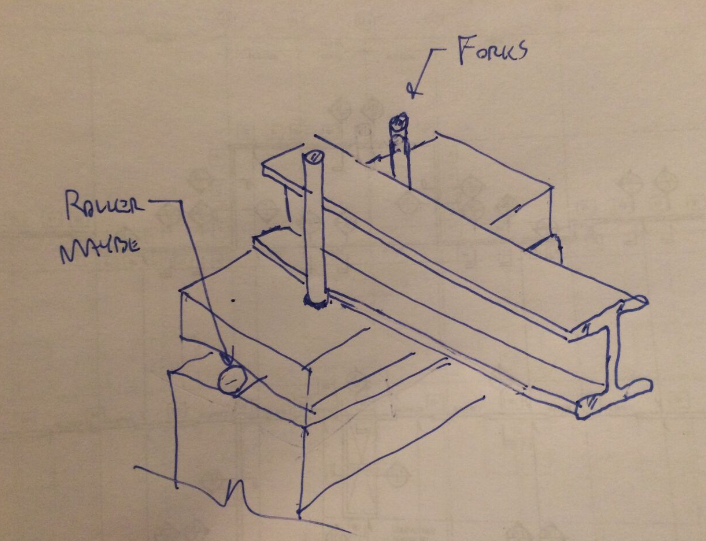Eagleee
Structural
- Feb 14, 2017
- 51
Hi everyone,
Being a relatively new structural engineer, I am trying to get a feel of when differences between theory and practice are ignored / deemed as unimportant by structural engineers. Although I have an idea about the answer, I wanted to ask you about an aspect related to lateral torsional buckling. Most elastic critical moment formulas assume the ideal fork supports at the ends of a beam. In reality, connections neither fully restrain or allow a certain motion, but somewhere in between. I guess the same applies to torsion at the end of a beam. I have seen that differences in critical moment between when a beam is restrained from rotating about its longitudinal axis at one or both ends and when it is free to twist are quite large. This of course is intuitive. Since designers often go for simplicity where possible, I have seen many instances of common, simple beam to beam connections that do not seem to offer a proper torsional end restraint for the supported beam. Do you ever check or think about this aspect when designing?
Being a relatively new structural engineer, I am trying to get a feel of when differences between theory and practice are ignored / deemed as unimportant by structural engineers. Although I have an idea about the answer, I wanted to ask you about an aspect related to lateral torsional buckling. Most elastic critical moment formulas assume the ideal fork supports at the ends of a beam. In reality, connections neither fully restrain or allow a certain motion, but somewhere in between. I guess the same applies to torsion at the end of a beam. I have seen that differences in critical moment between when a beam is restrained from rotating about its longitudinal axis at one or both ends and when it is free to twist are quite large. This of course is intuitive. Since designers often go for simplicity where possible, I have seen many instances of common, simple beam to beam connections that do not seem to offer a proper torsional end restraint for the supported beam. Do you ever check or think about this aspect when designing?

